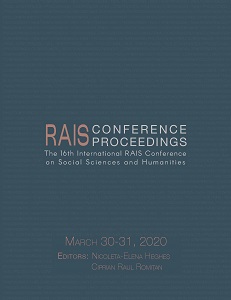Migrancy and the Birth of Nativism, Uganda 1920s-1960s
Migrancy and the Birth of Nativism, Uganda 1920s-1960s
Author(s): Nicholas Tunanukye
Subject(s): Interwar Period (1920 - 1939), WW II and following years (1940 - 1949), Post-War period (1950 - 1989), Migration Studies
Published by: Scientia Moralitas Research Institute
Keywords: migrancy; ethnicity; nativism; migrant labor; citizenship;
Summary/Abstract: Uganda has experienced explosive inter-ethnic conflicts and yet internal migration has persisted, and intermingling of different ethnicities has led to a complex relationship among them. This article bases on the oral history and life histories of the former Banyankole migrant laborers and their former Baganda employers, to discuss the incentives that propelled migration of people and what impact it had on the relationship among them. The article argues that the Banyanyankole migrant labor experience informed their socio-economic and political behavior back home, influenced the penetration of capital in southwestern Uganda, informed the Banyankole perception of the Baganda, and subsequent relations that defined their interactions, which ignited flames of nativism. It is pitched in the historical theories of Ravenstein and Lee. The findings show that the labor migration in Uganda was in response to the colonial economic policies, which aimed at developing the colonial overlord. The factors that propelled migration included the need to pay taxes, mobilizing resources for marriage, access to manufactured goods, and cash nexus. Migrancy had an impact on both the sending and host communities in defining their identities in relation to cash crop growing and expansion in Ankole, change in the labor dynamics, monetarization and commoditization of the economy in Ankole, change in gender roles, Baganda versus Banyankole perception, and modern life in Ankole.
Book: Proceedings of the 16th International RAIS Conference on Social Sciences and Humanities
- Page Range: 128-135
- Page Count: 7
- Publication Year: 2020
- Language: English
- Content File-PDF

